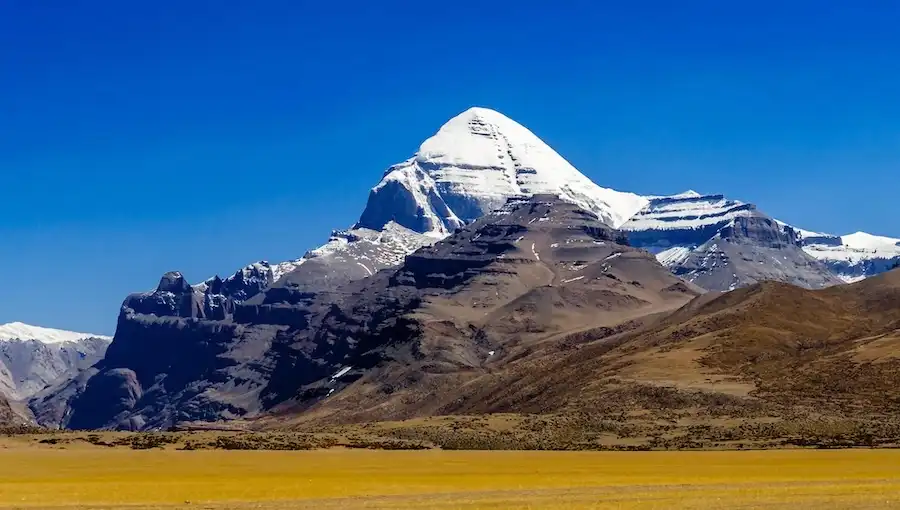Mount Kailash: The Sacred Summit of Tibet
Nestled in the remote reaches of the Tibetan Plateau lies Mount Kailash, a peak shrouded in mystery, spirituality, and unparalleled natural beauty. Rising at an elevation of 6,638 meters (21,778 feet) above sea level, Mount Kailash is not only remarkable for its physical majesty but also for its profound significance to several religions. To millions of Buddhists, Hindus, Jains, and Bon followers, it is a sacred symbol of enlightenment, purity, and the divine.

A Pilgrimage to the Axis Mundi
For centuries, Mount Kailash has been a pilgrimage site, attracting devotees who embark on the arduous journey to circumambulate the mountain—a ritual believed to bring spiritual benefits and cleanse sins. The pilgrimage route, known as the Kailash Kora, extends approximately 52 kilometers around the mountain, through rugged terrain and high altitudes, offering both physical challenges and spiritual rewards.
- Buddhism regards Mount Kailash as the abode of Demchok, who represents supreme bliss.
- Hinduism venerates the mountain as the home of Lord Shiva, the god of destruction and regeneration, who resides at its summit in a state of perpetual meditation.
- Jainism identifies Kailash as Ashtapada, the site where the first Jain Tirthankara, Rishabhadeva, attained liberation.
- Bon, the ancient pre-Buddhist religion of Tibet, believes the mountain to be the seat of all spiritual power.
Geological Wonder and Environmental Sanctuary
Beyond its spiritual allure, Mount Kailash captivates geologists and environmentalists with its pristine landscapes and unique ecosystem. The region is home to diverse flora and fauna, including rare medicinal plants and endangered species such as the snow leopard and Tibetan antelope. The mountain’s untouched nature is partly due to the reverence it commands, which has protected it from commercial climbing expeditions and preserved its sanctity.

The Sacred Waters
Mount Kailash is also the source of four of Asia’s great rivers: the Indus, Sutlej, Brahmaputra, and Karnali (a major tributary of the Ganges), which flow in the four cardinal directions. This remarkable hydrological phenomenon underscores the mountain’s life-giving significance and its role in the sustenance of millions of people in the subcontinent.
The Journey to Kailash
Reaching Mount Kailash is a journey of endurance and faith. Pilgrims and travelers typically start from towns like Darchen, preparing for the challenging trek ahead. The journey is not only a physical endeavor but a profound spiritual experience, offering moments of reflection, breathtaking natural beauty, and a deeper connection with the divine.
Conservation and Respect
The delicate ecosystem of Mount Kailash and its surrounding area is of paramount importance. Visitors are encouraged to respect the environmental integrity and cultural significance of this sacred mountain. Efforts by local authorities and international conservation groups aim to ensure that the spiritual journey to Kailash remains sustainable for future generations.
A Sacred Enigma

Mount Kailash remains one of the world’s most sacred and unexplored mysteries, a testament to nature’s grandeur and the enduring power of faith. Its untouched beauty, spiritual significance, and ecological importance make it a beacon for pilgrims, nature lovers, and adventurers alike. In the isolation of the Tibetan Plateau, Mount Kailash stands as a symbol of peace, enlightenment, and the interconnectedness of all life, inviting all who seek its wisdom to journey to its sacred slopes.



















